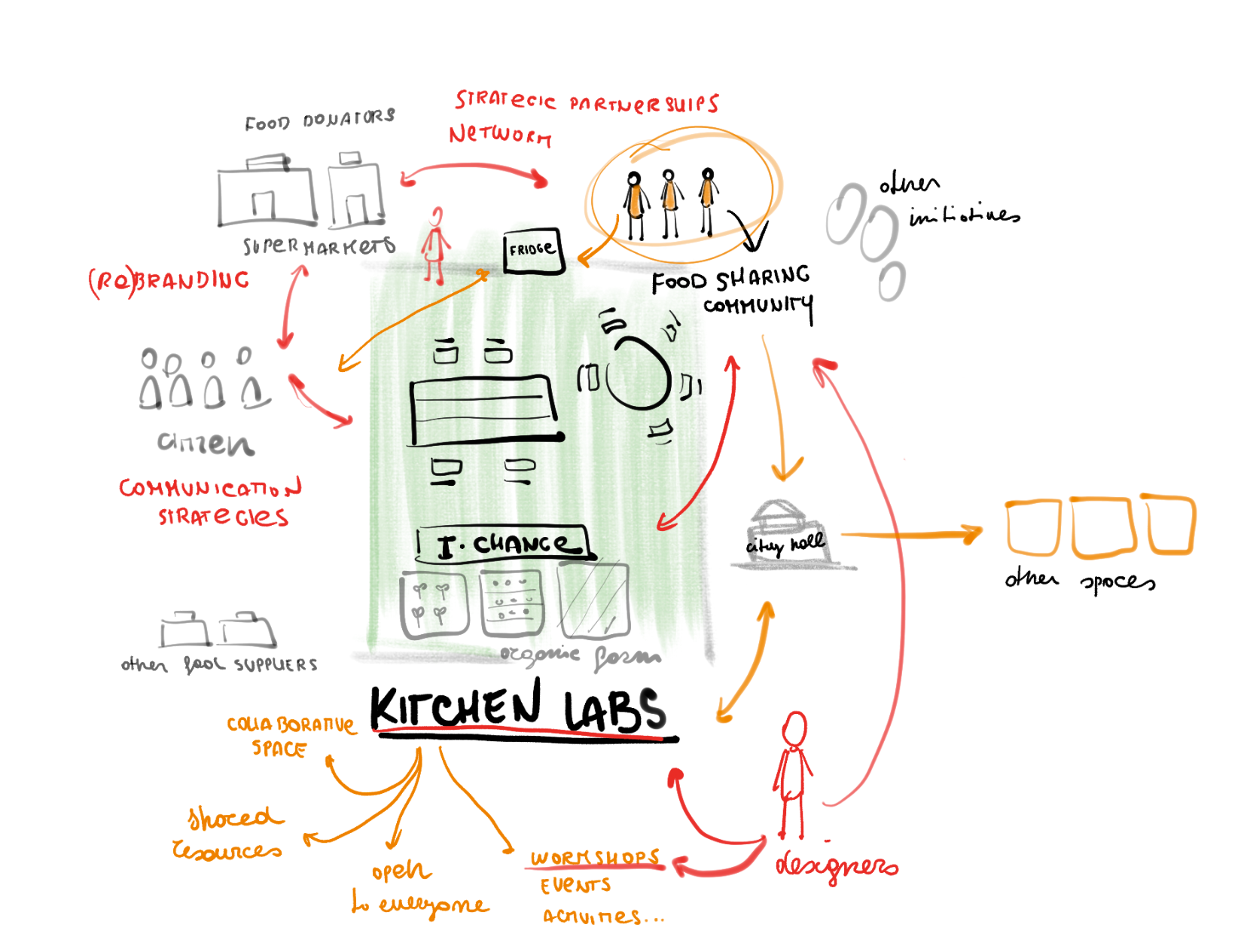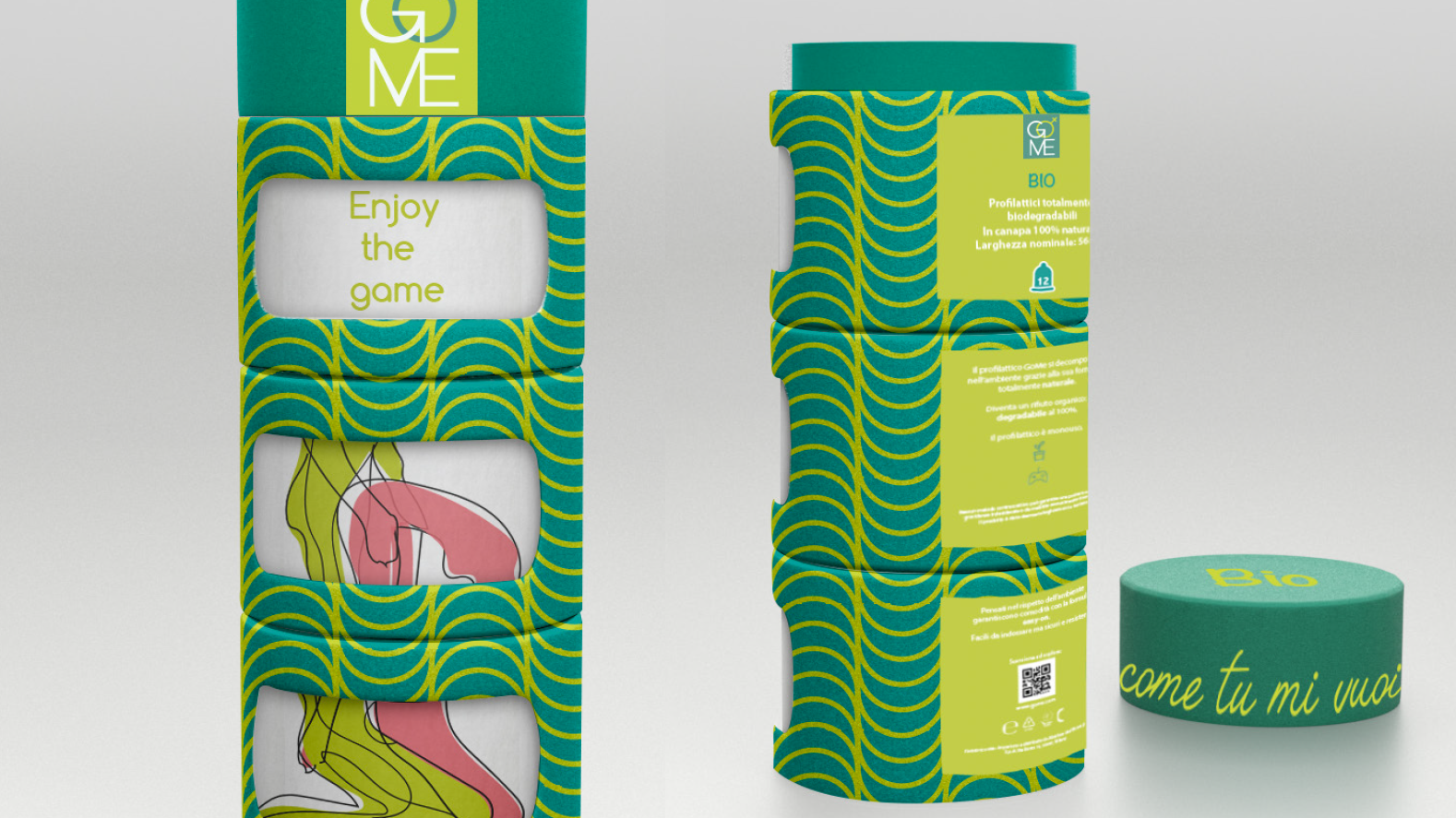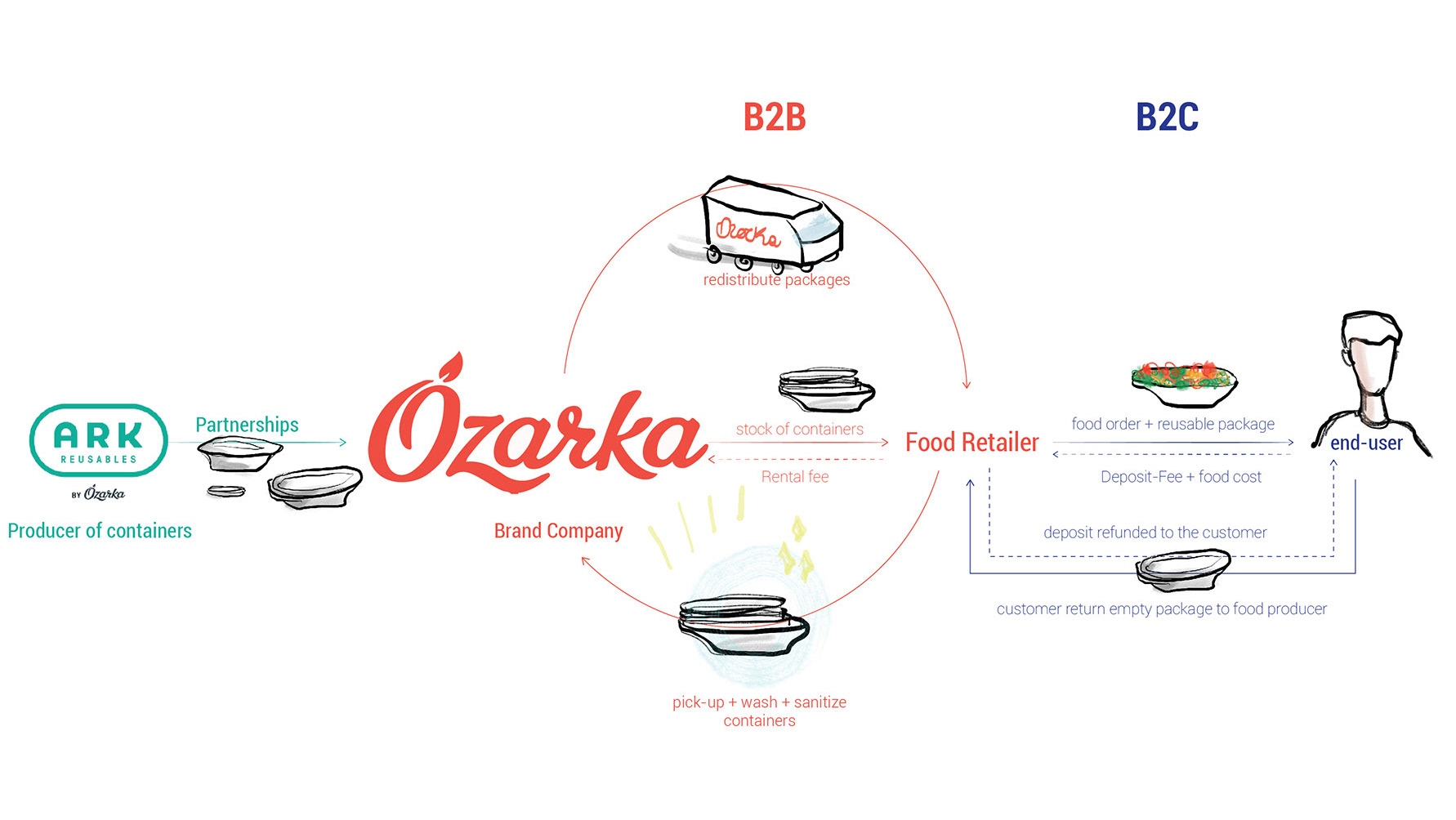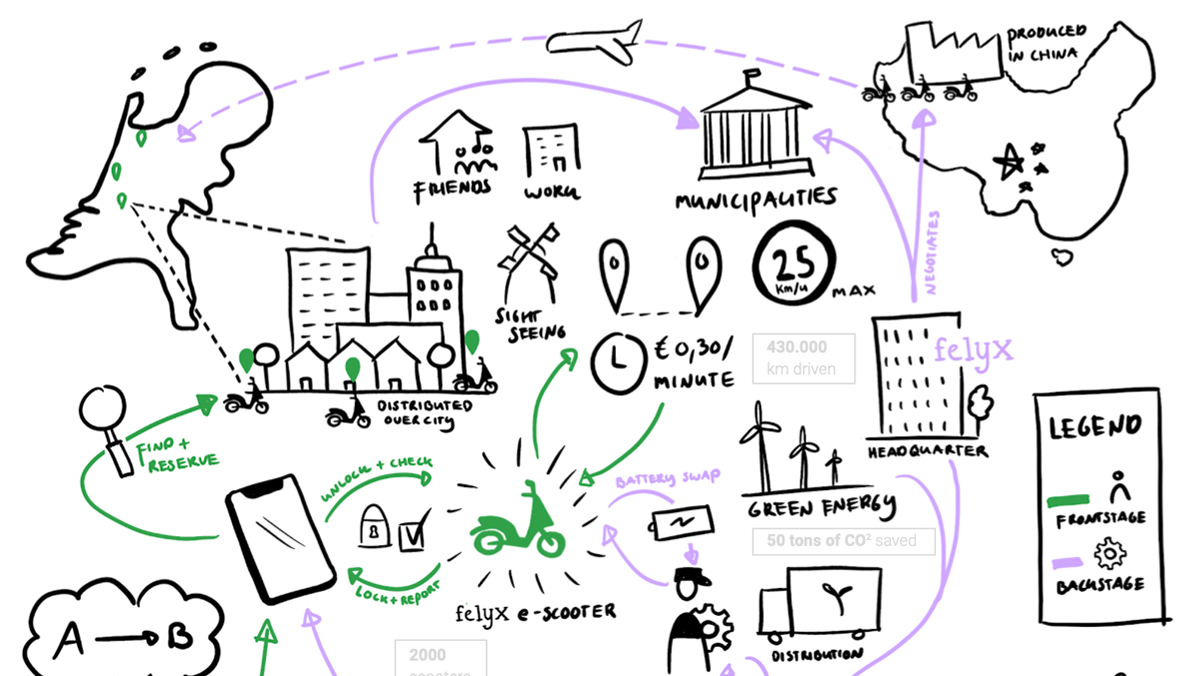This picture has been taken during one of the Food Sharing dinner organised by the initiative. The food waste has been turned into delicious meals thanks to the community members and offered for free to other students at the TU X Kitchen.
The Framework Project. Before to narrow down the focus of the paper into a single Case Analysis a more abstract and multi level analysis have been developed as introduction on how strategic design could trigger a system change in the sector of food waste.
The Value Mapping Tool has been used to analysis the value the initiative generated for each stakeholders as well as values that have been missed, wasted or destroyed; This helped us to better understand which are the main challenges and opportunities for Food Sharing Delft.

Scale Out, by growing the community network and Scale Deep through activities and workshops aimed at educating and changing the mindset of people.

The expert designer will be the mediator and connector in charge of creating ‘environments’ and opportunities where connections between people, ideas, institutions can be easily triggered. In this case a Community Kitchen Lab will be arranged in the space offered by I-Change.
The Design Strategy developed to scale out and deep follow different steps: Communication, Network Formation and Social Contagion throughout the creation of ‘Community Kitchen Labs’. These labs are only a part of the bigger strategy that should be set up to achieve the impact goals: expanding in Delft and beyond, growing the community, raise awareness and eventually activate change. This is a zoom in of the design strategy.
A Roadmap of actions and steps to scale out and deep through Communication Strategies and Network Formation.


